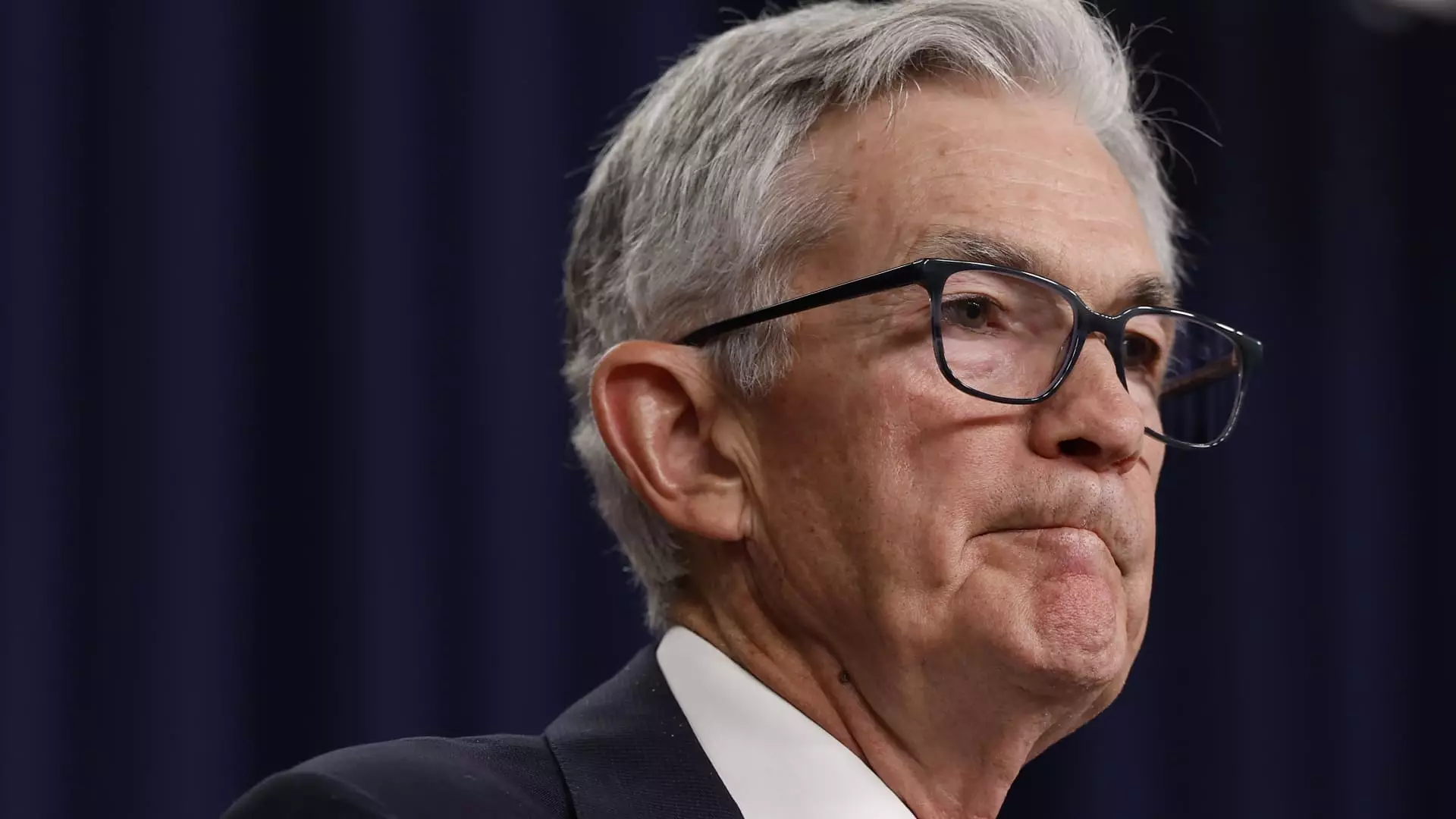In a notable shift from its long-standing approach, the Federal Reserve convened in September and ultimately decided to lower interest rates by half a percentage point. This significant decision was borne out of a complex mix of factors, reflecting the delicate balancing act the Fed must perform amid fluctuating economic indicators. The minutes from the meeting, released in the days following, reveal the inner workings of this decision-making process and underscore the tension between promoting economic growth and addressing inflationary concerns.
The choice to implement a 50 basis point rate cut marked the first such move in over four years, eliciting a range of responses among Federal Open Market Committee members. Some favored a more cautious approach, echoing sentiment that a smaller adjustment—a 25 basis point cut—may have been more prudent. The dissent from Governor Michelle Bowman, who was the sole vote against the half-point cut, is particularly telling, as it highlights a rift among policymakers on the best course of action moving forward.
The discussions leading up to this decision were characterized by a notable division among officials regarding the current economic landscape. While several members argued fervently for more aggressive easing to counteract the risks present in the labor market, others insisted on a gradual path of normalization, allowing time to fully assess the implications of any monetary policy changes. The meeting minutes documented a range of opinions, revealing the tensions surrounding the appropriate response to evolving economic conditions.
“Some participants observed that they would have preferred a 25 basis point reduction,” the minutes noted, indicating that the push for caution extended beyond just Governor Bowman. The desire for a more measured approach is critical to understanding the broader context of this rate cut, as many officials were eager to maintain flexibility for future decisions, fearing that rapid moves could trigger unintended consequences.
The divide among committee members demonstrates the complexities the Fed faces as it continues to respond to mixed economic signals. Economic indicators released after the meeting have raised questions about the robustness of the labor market, revealing that nonfarm payrolls experienced significant growth, contrary to many officials’ expectations. This data reaffirms the importance of a nuanced approach to monetary policy, which can help sustain economic momentum while ensuring that inflation remains in check.
Chair Jerome Powell, expressing the Fed’s rationale following the meeting, referred to the decision as a “recalibration” rather than a definitive pivot, aiming to clarify that this adjustment should not be interpreted as an indication of a weak economic outlook. The minutes reinforced this messaging, highlighting that the decision to cut rates was a considered response to ongoing developments in both inflation and employment. Participants believed it was essential to communicate that their policy path, while responsive to immediate data, was not predicated on pessimism about the economy’s trajectory.
The anticipation surrounding future rate cuts is tightly interwoven with market expectations, as investors are now adjusting their strategies based on these recent developments. According to futures markets, there remains a possibility that the Fed may hold rates steady in upcoming meetings, with traders indicating a roughly one-in-five chance of no further cuts during the scheduled meeting on November 6-7. Such market dynamics reinforce the notion that investor sentiment is sensitive to both macroeconomic indicators and Federal Reserve communications.
As the Federal Reserve endeavors to navigate its path forward, it finds itself under increasing scrutiny from both the public and market participants. The challenge of balancing economic growth with effective inflation control will remain at the forefront of policymaker conversations. The ability to communicate intentions transparently while managing expectations will be paramount as the Fed makes its way through these uncertain economic waters.
In reviewing the complete picture presented by the Fed’s recent activities, it is clear that while the decision to cut rates signals a willingness to adapt, the true test will lie in the Federal Reserve’s ability to maintain cohesion amid ongoing debates about the economic outlook. The evolving nature of labor market data and inflationary pressures will undoubtedly set the stage for future discussions, ensuring that the complexities of economic policy remain a topic of continuous interest and scrutiny.

